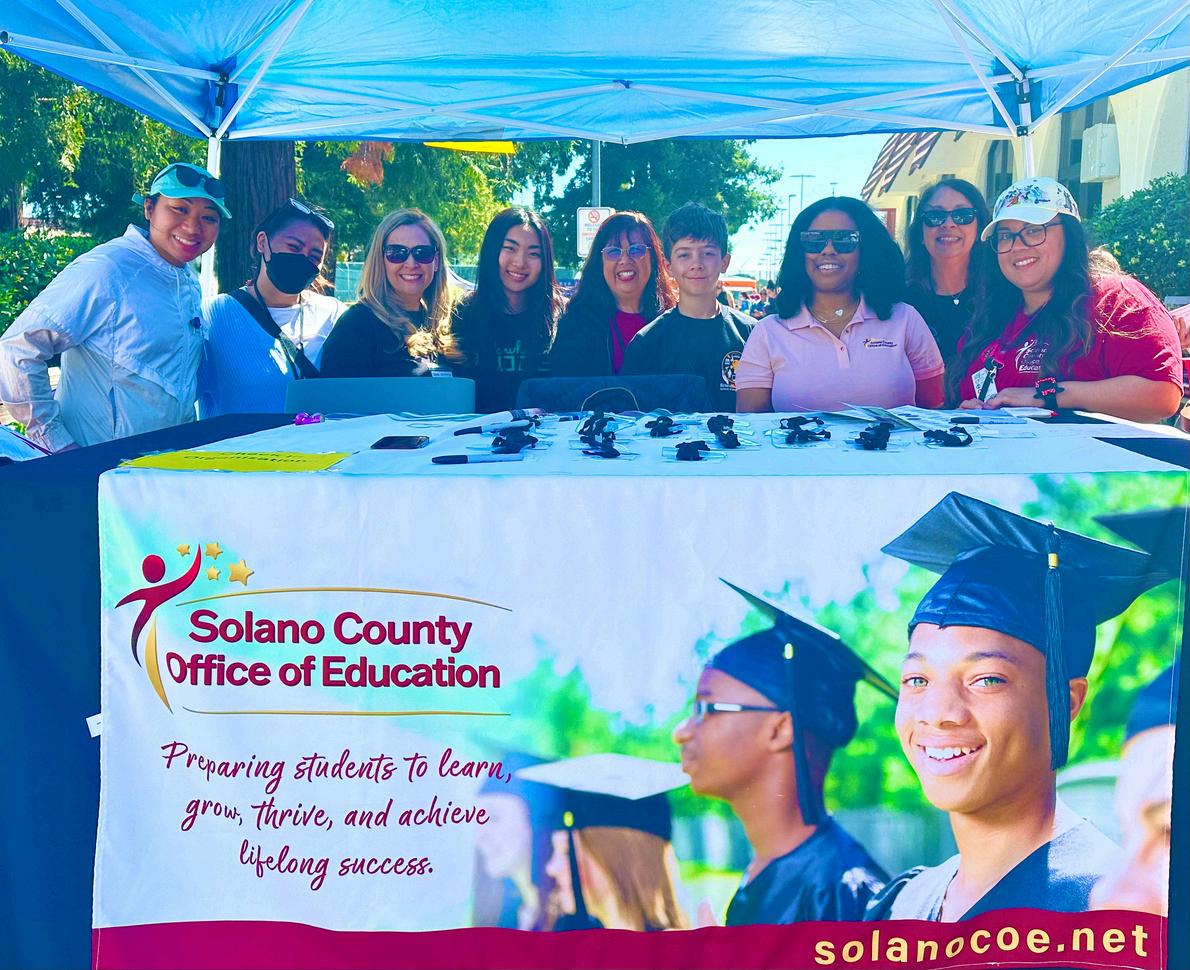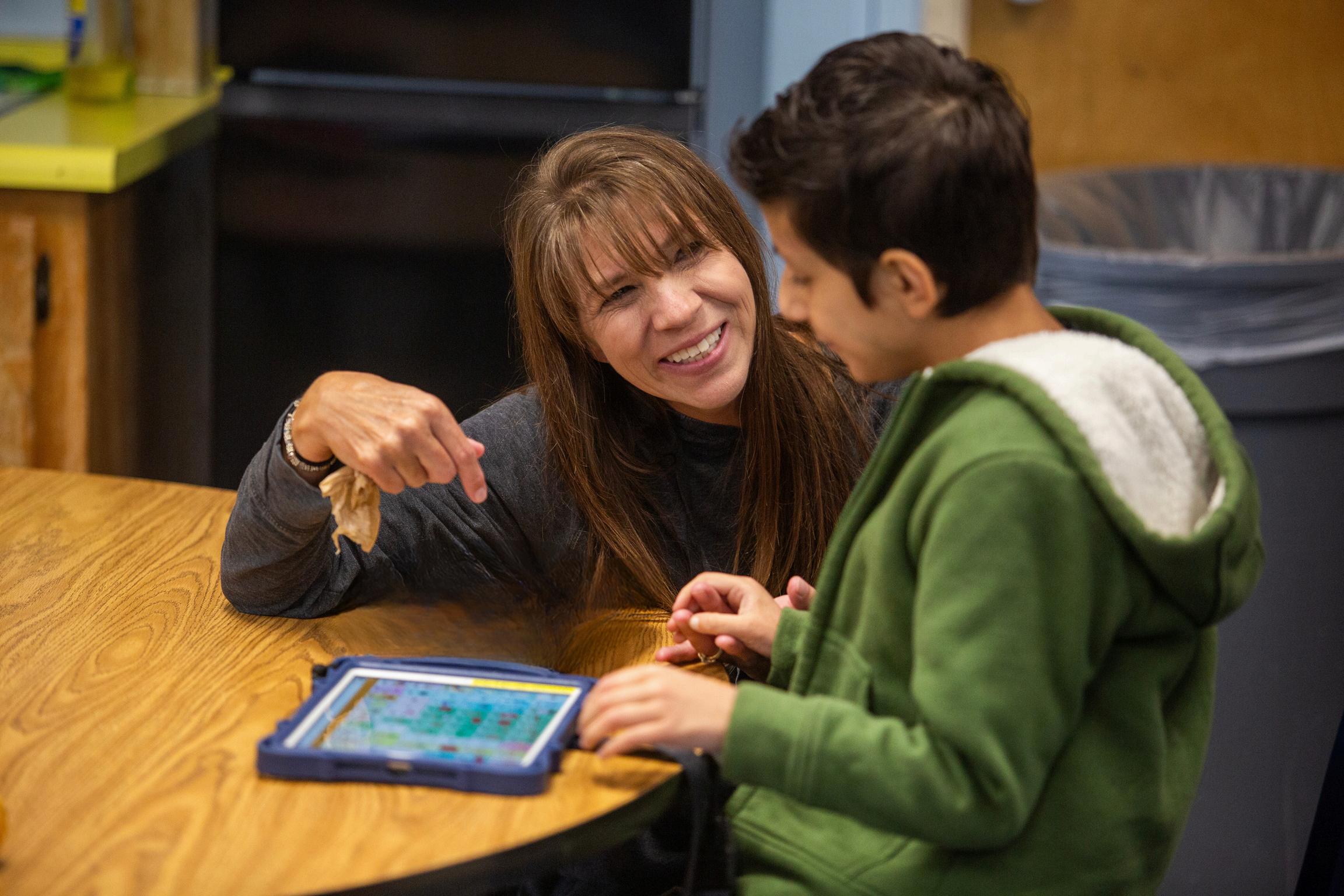
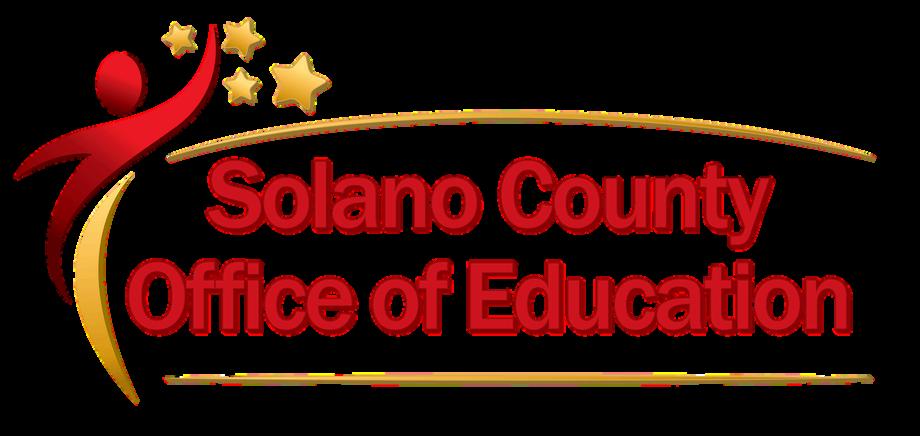


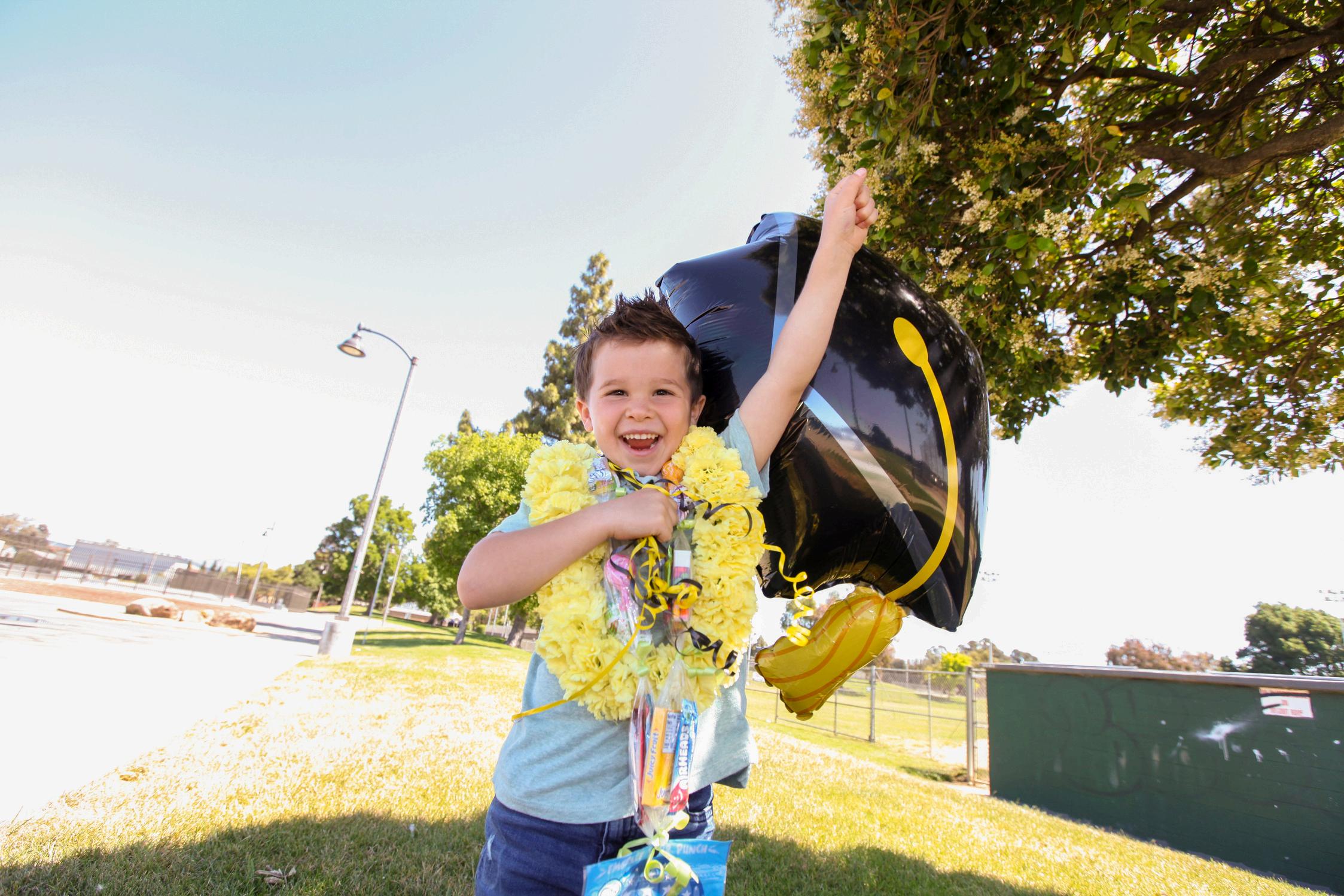












A brand is a unique identity that represents an organization with elements such as name, logo, designs and more. It distinguishes the entity and creates a lasting impression in the minds of consumers It encompasses the perceptions and associations that consumers have with the entity, including its reputation, values, and overall identity
Brand standards are an important component of maintaining a strong and consistent brand identity They provide clear guidelines on how Solano County Office of Education’s visual and messaging elements should be used across various platforms and mediums Brand standards establish how we communicate who we are and what we do and are defined by the principles we stand for and the impact we have By adhering to these standards, Solano County Office of Education’s brand remains cohesive, stands out, remains memorable and easily recognizable to community members
A strong positive brand not only fosters recognition, awareness and trust, but also creates emotional connections with community members. Moreover, SCOE’s branding efforts aim to encompass the values, culture, reputation and professionalism of the organization
One Purpose: Our Mission
Promoting equity and excellence by working with our school districts and community partners to create opportunities that address the needs of every student
One Vision
Preparing students to learn, grow, thrive, and achieve lifelong success.
One Voice
We include all voices and move together as one to support educational systems that bring positive change for students
Our guiding principles guide our messaging and brand. With a growth mindset, and a focus on equity and access for every student, Solano County Office of Education is committed to the following guiding principles:
We lead positive change by:
Recognizing and utilizing individual skills. Supporting professional growth & development. Encouraging responsible planning and risk taking. Ensuring a safe and secure work environment. Serving as role models. Promoting high expectations and standards.
We work with a collaborative spirit by successfully:
Developing and sharing resources and talents
Encouraging collegiality
Involving community members in decision making processes
Encouraging creativity and problem solving
We serve and support each other and fellow educators by:
Celebrating growth and success
Valuing and respecting diversity
Having trust and confidence in self and others
Maintaining open reciprocal communication
Treating all people with dignity


LOGO USAGE, COLORS, TYPOGRAPHY & IMAGERY

Proper logo placement on all public-facing materials is essential because it furthers public awareness of SCOE’s work and initiatives and fosters recognition and trust among the community All public-facing use of the SCOE logo must be approved by the SCOE PIO program through the creative request process prior to use

The SCOE main, or horizontal logo should be the logo primarily used on communications Our logo is prominently placed at the top of every public facing document or design


The SCOE vertical logo can also be used when the design is better suited for the shape. This logo may also be placed within a white circle to solve, spacing or contrast issues See appropriate uses
The SCOE mark can be used as a design element, in pre-approved instances, alongside the text Solano County Office of Education when logo use is not appropriate See approved version below

The coloring of the SCOE logo was updated to a brighter red in 2023. SCOE staff can download the current logos here.
Solano County Office of Education is referenced in the same way as Solano County or Costco and is not preceded by the word “the”. The acronym SCOE is pronounced like toe.
The colors of the SCOE logo may not be altered in any way In some instances, a white version of the logo may be used for screen printing, though a two color screen print is preferred
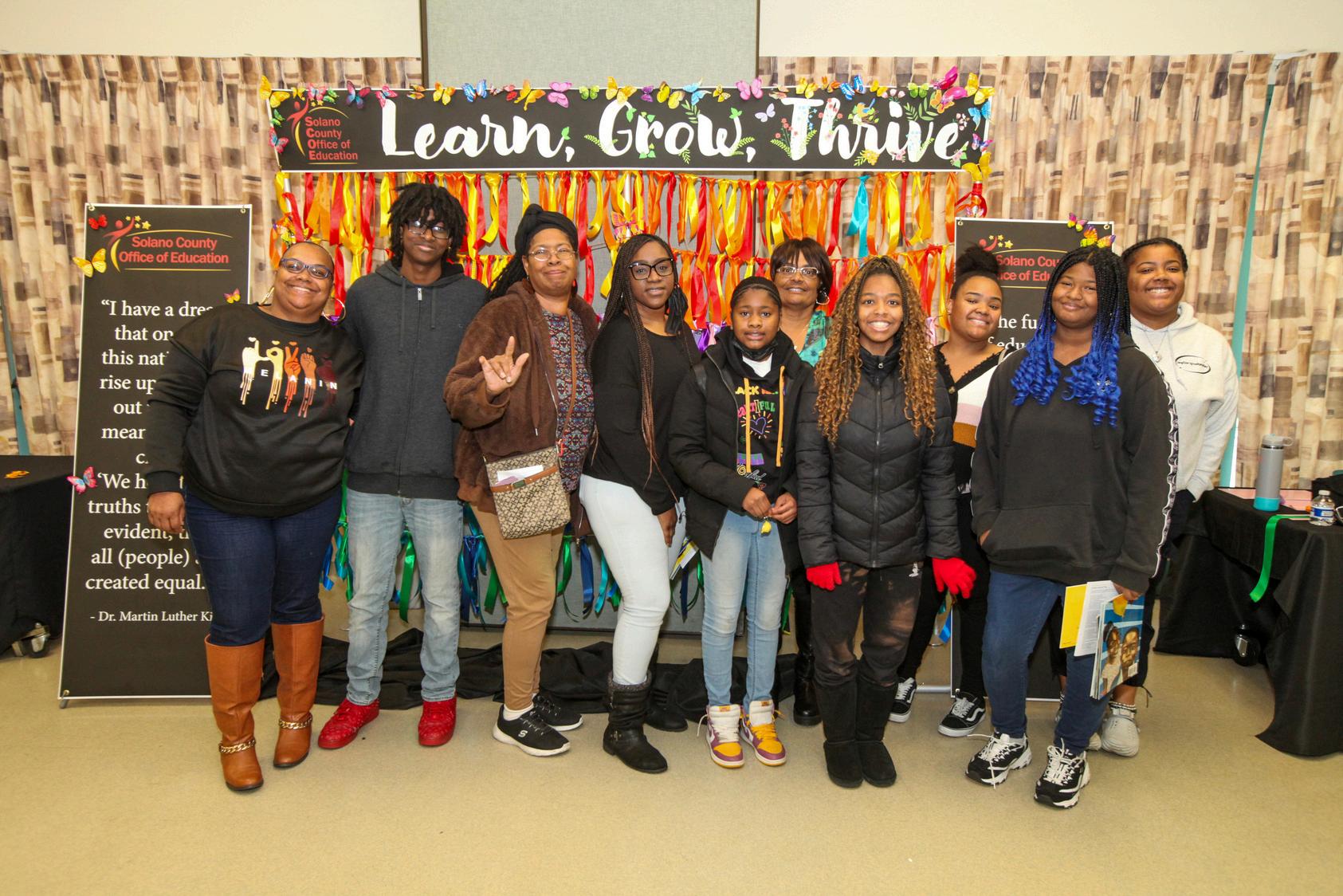
When using SCOE logos, a minimum of 3 inches of clear space must be maintained around the logo on all sides to ensure visibility and impact. No graphic elements or copy should invade this area
MINIMUM
Print minimum size: 1 inch width (25 4)
Digital minimum size: 100 pixels width (1 5" on standard screen )
clear space

Proper color contrast between the logo and ithe background is required to maintain visibility and brand integrity across various mediums This logo should be transparent on a light background and should not be placed within a white box




Maintain the proportions of the SCOE logos Holding down the SHIFT key while resizing often maintains the proportions of the logo Do not stretch the logo or adjust the height or width independently

Ensure the file used for logo placement is high resolution and does not appear granular or fuzzy


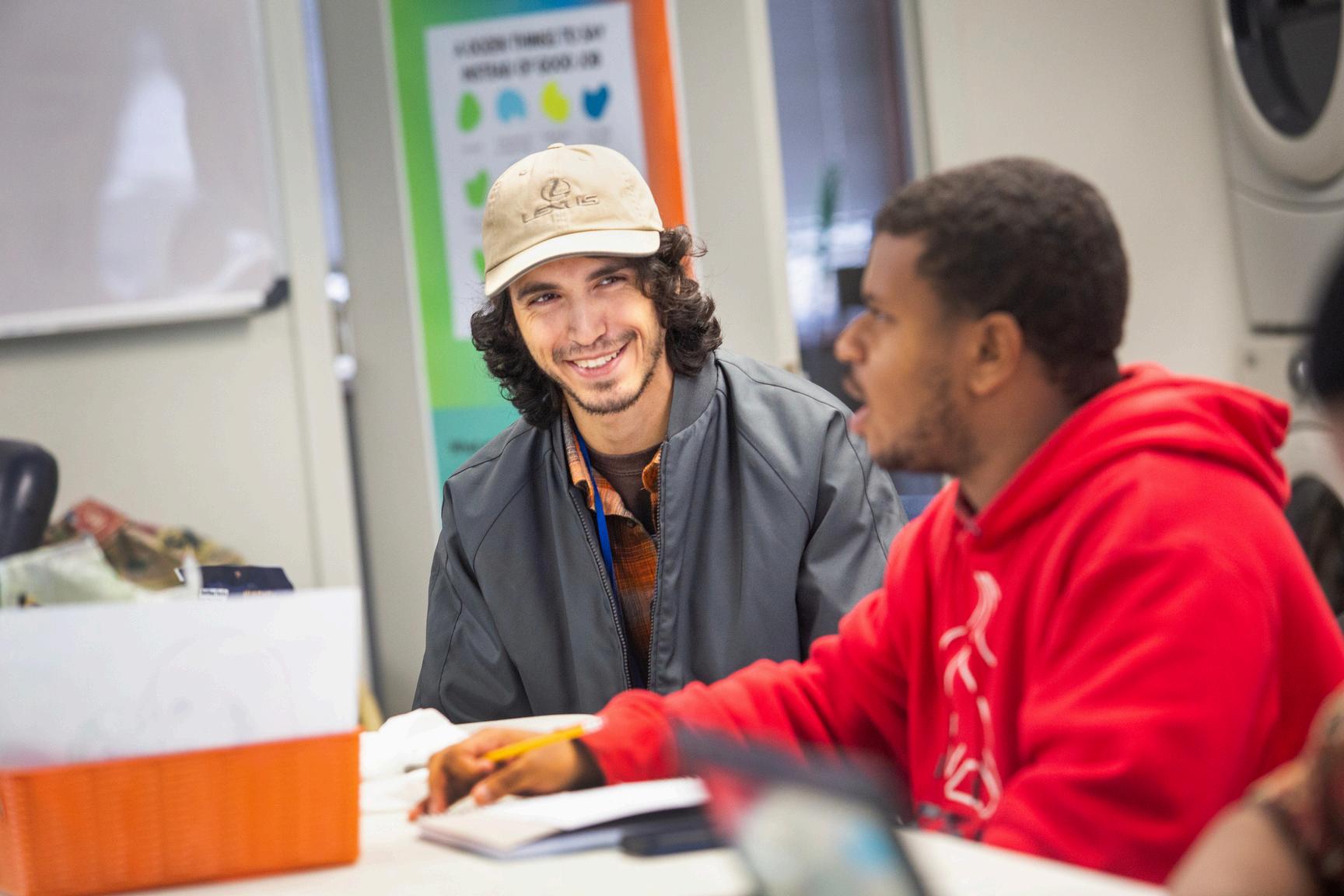
Consistent use of our SCOE branding colors will help create a sense of connection and brand identity across our communications efforts. Some combination of these colors should be used in our communications whenever possible.
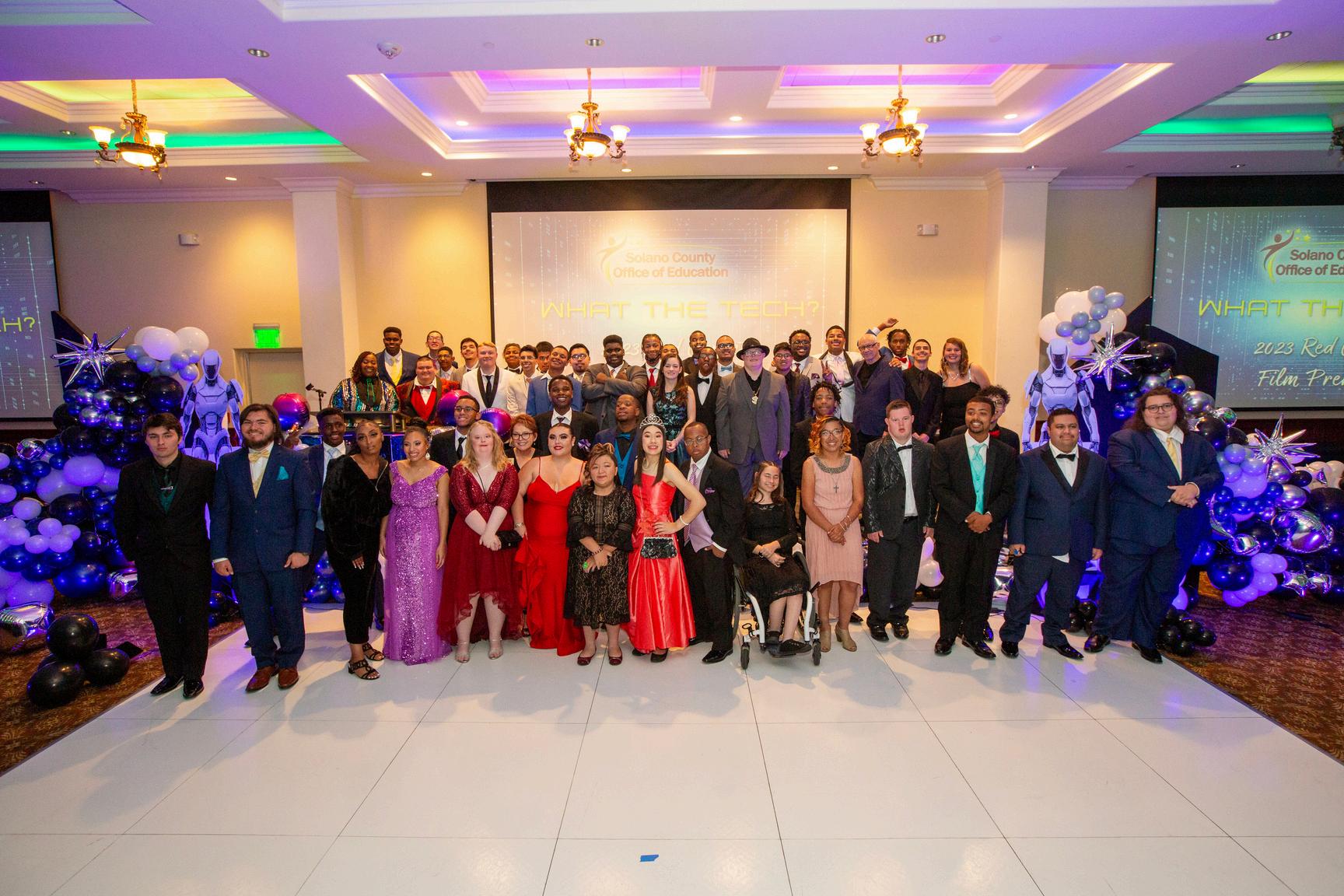
Typography is the art and technique of arranging type to make written language readable and visually appealing Typography plays an important role in communicating key points Typefaces are families of fonts. Selective use of typefaces reinforces our brand and creative direction. SCOE uses only a select few sans-serif typefaces (no serifs at the end of each letter) to represent a clean, accessible and modern tone Occasionally, SCOE uses select handwriting-styled fonts in headings to convey a casual or fun tone
Arial
ABCDEFGHIJKLMNOPQRSTUVWXYZ
abcdefghijklmnopqrstuvwxyz
Montserrat Family
ABCDEFGHIJKLMNOPQRSTUVWXYZ abcdefghijklmnopqrstuvwxyz
Good Karma
ABCDEFGHIJKLMNOPQRSTUVWXYZ abcdefghijklmnopqrstuvwxyz

League Spartan for Headings
ABCDEFGHIJKLMNOPQRSTUVWXYZ abcdefghijklmnopqrstuvwxyz
Guthen Bloots
ABCDEFGHIJKLMNOPQRSTUVWXYZ abcdefghijklmnopqrstuvwxyz
Type hierarchy is the arrangement of text in a design to create a visual order of importance It helps guide the reader's eye to key information and organizes content logically SCOE implements intentional type hierarchy to guide user-friendly information, helping readers to easily navigate content and understand key takeaways

Imagery refers to visual representation of any kind and is used to evoke feelings and convey messages The imagery used in SCOE’s communications should emphasize people, connection and relationships. We use photos and videos whenever possible, instead of graphics, to keep our messaging anchored in the people we serve. This should be evident in all of our imagery.
SCOE occasionally uses stock imagery for certain uses SCOE only uses stock imagery that is properly licensed to the organization for specified uses. Imagery that is not proprietary or licensed stock should not be used.
If you have pictures of SCOE happenings, events, colleagues, etc., you can share them to PIO@solanocoe.net. If students are present, ensure FERPA privacy with site administrator.
Clean the lens: Ensure your phone’s camera lens is clean and free of smudges or dust to avoid hazey or blurry images.
High resolution: Ensure your camera is set to take high resolution photos. Take close ups: When possible, photograph your subject close up, in an environment that contributes to their story It’s best to zoom with your feet, not your camera lens Get close!
Take candids: Capturing genuine expressions and interactions is best, rather than posed photos. Selfies add an element of fun to a group picture.
Use Portrait Mode: Try using your phone’s portrait mode to create a depth-offield effect, which blurs the background and makes the subject stand out

Images have a power that words can only hope to describe. They capture emotions, tell stories, and convey truths with a depth and immediacy that can resonate long after the moment has passed.




Social network platforms like Facebook, Instagram, LinkedIn, and Vimeo help us bring visibility to community members, highlight engagement, and share stories. To maintain active monitoring, accessibility compliance and consistency in tone, voice and messaging across all of SCOE, programs, divisions, departments, and initiatives do not have separate social media accounts that include SCOE’s names, locations or initiatives without the prior approval of SCOE Cabinet
SCOE’s social media handle, or username, across all platforms is @solanocoe
We include icons for our website and social media channels along with the handle in the footer of publications to cross promote SCOE initiatives and programs.




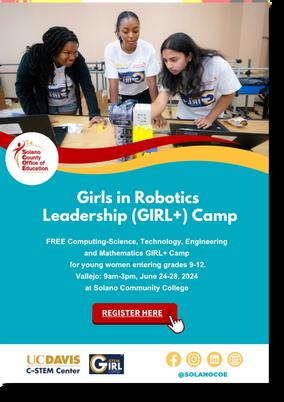
In order to maintain professional relationships while ensuring brand integrity and procedural consistency, SCOE only tags other organizations in social media posts when it is contextually relevant. The tagged organization should be directly involved in the content of the post (e.g., campus happenings, co-hosting an event, collaborating on a project). Targeted audiences vary amongst organizations, and this practice ensures that we are not perceived as spamming other organizations

All digital media, including but not limited to images, webpages, videos, graphics, and documents, must be hosted exclusively on official SCOE platforms Digital media related to the organization should not be created, published, stored, or shared on unofficial or personal accounts or platforms This ensures access, brand consistency, security, and proper management of our proprietary digital assets
Communications should drive users to the SCOE website rather than other platforms like Google forms SCOE webpages can then prominently link to other platforms for registration portals, resources etc Driving web traffic to SCOE’s official webpage, rather than other platforms, is important for several key reasons.
User experience and awareness: Sending users to key SCOE webpages creates opportunities to broaden understanding of the programs and services SCOE offers, and fostering stronger connections and engagement
Data ownership: Sending traffic to the official webpage allows SCOE to analyze user interaction data for understanding audience behavior, optimizing marketing strategies, and making informed decisions for future efforts.
Search engine optimization (SEO) Benefits: Increased traffic boosts search engine rankings, enhancing visibility and reducing reliance on paid advertising
QR codes can be valuable tools in digital content To ensure that users with visual impairments, cognitive disabilities, or those without access to a smartphone with a camera have another way to access the same information, we incorporate hyperlinks as an accessible addition to the QR code This practice also ensures that flyers are functional in digital and print formats
Click or scan to register


TONE, VOICE, GRAMMAR & PUNCTUATION

Authentic engagement keeps our organization centered on our guiding principles and keeps our efforts rooted in the people we serve This focus also defines the way our creatives should look and feel, aligning with who we are as an institution, and how we talk about the importance of our work. We are empathetic, open minded, culturally sensitive and respectful of a broad spectrum of perspectives. These traits shape the image, voice and tone of our brand.
Voice refers to the overall personality and style of our communication It remains consistent across all channels and content Tone is the emotional inflection applied to the voice, varying depending on the situation or audience Essentially, tone is the emotional quality of communication, while voice is the unique style and personality used to convey messages. Together, they define our identity and engage our audience in a way that builds understanding and relationships
Voice: friendly, authentic, professional, concise
Tones used: casual, authentic, energetic, positive, compassionate
To maintain consistency across the organization, our writing formats follow the Associated Press Stylebook To further readability in our community, we write in a manner that would be accessible to an audience with a sixth-grade reading level
Our creative direction is the strategic vision that shapes the overall artistic and aesthetic aspects of our communication campaigns to provide consistency across the organization and connect with our intended audiences.
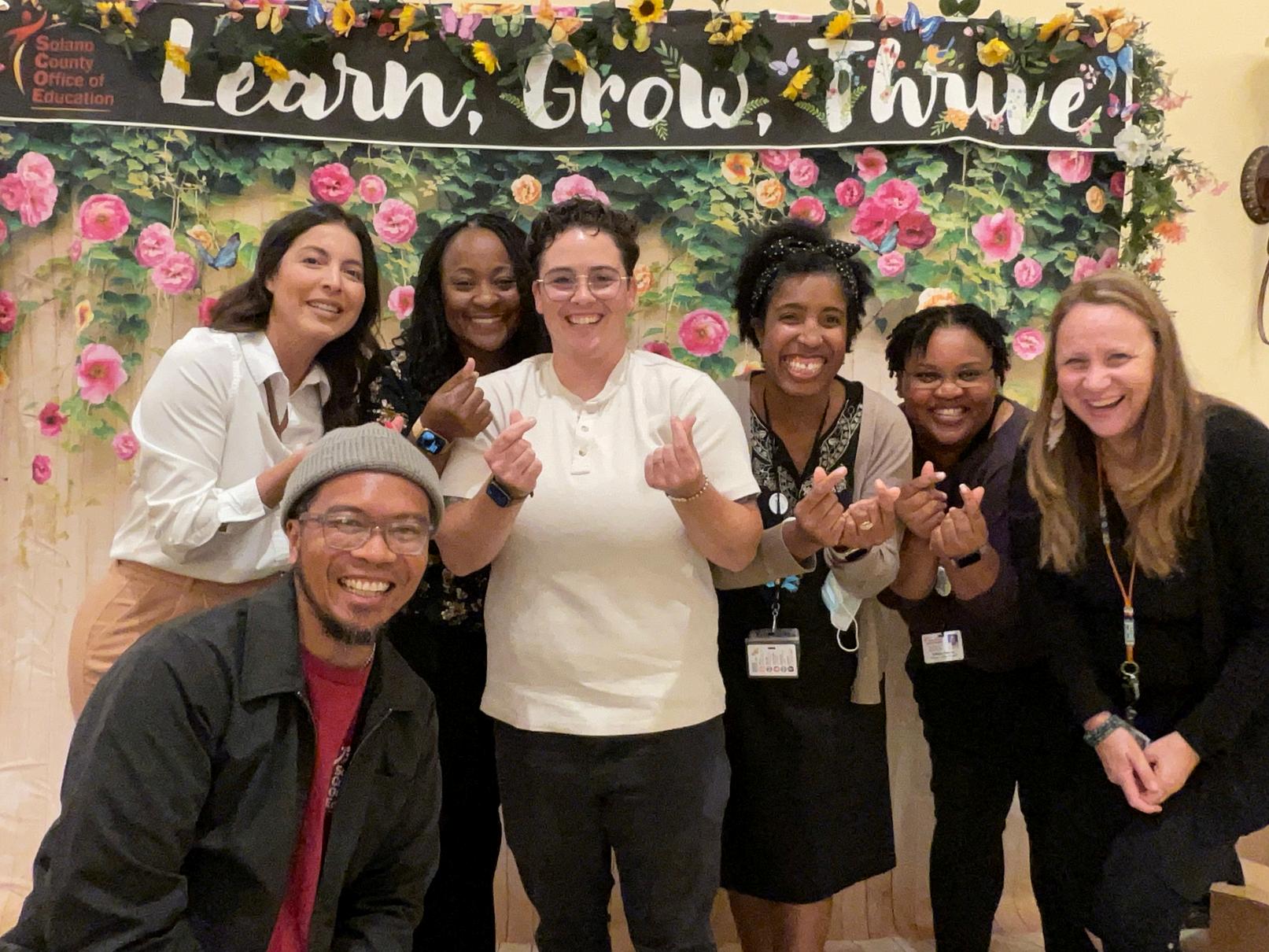
DIVISION & PROGRAM IDENTITY
Solano County Office of Education is one unified organization and our communications reflect one cohesive voice. Specific divisions, programs, initiatives and staff are not identified on public-facing materials or publications, just the organization
To ensure brand consistency and effectiveness in our community, Solano County Office of Education does not have logos for divisions and programs
Swag items only feature the SCOE logo, and each department facilitates their own purchases of swag with SCOE approved vendors who accept net 30 terms
Prior to purchase, the design and swag proof should be submitted through the creative request portal for approval The SCOE Public Information Office can also assist with art design and print set up if needed.
Programs can collaborate together to order items collectively in larger volumes and split the cost to reduce expense for each program
Requests to send SCOE colleagues information about SCOE happenings can be routed to the executive assistant to the Cabinet level administrator. If the request is approved for distribution, the EA can assist with email distribution
“Programs” instead of “departments” “Community groups” instead of “stakeholders”

SCOE is committed to creating accessible communications SCOE is mindful of bridging between visually dynamic designs and Web Content Accessibility Guidelines (WCAG) that ensure web content is accessible for visually impaired individuals This includes aspects like sufficient contrast between text and background, alternate text for images, and legible fonts
Simplifying art for social media is essential due to users' short attention spans and rapid scrolling habits. Clear, bold visuals with concise messages are more likely to capture attention quickly. Traditional flyers often contain too much information for effective use on social media
Posting flyers to social media platforms involves sharing images of the flyer, which may contain text that conveys information However, this practice isn’t consistent with WCAG accessibility standards, as screen readers cannot interpret text within images


To ensure effectiveness, inclusivity and accessibility for all users, PIO staff create simplified art, designed specifically for social media The art is then used in social media posts along with the text providing greater detail Any text on the art should be repeated within the post to ensure e-reader accessibility
Placing URLs in documents or webpages as plain text is not WCAG compliant because it can create accessibility issues for users with disabilities Screen readers may struggle to interpret long URLs, leading to confusion and a poor user experience Instead, URLs should be embedded in descriptive hyperlinks that clearly convey where the link leads, improving navigation and understanding for all users. Occasionally, a simple/short URL like solanocoe.net/cte may be placed in text to provide alternative access to information



Creative content is a broad term that refers to the different types of media used to communicate and promote “Creative” can be graphic designs, social media art, videos, web pages, photography, etc Through cohesive creative deliverables aligned with our brand standards and project objectives, we can reach audiences, foster recognition in our community, concisely convey our key messages and improve our engagement and outcomes.
The SCOE PIO program supports SCOE initiatives, programs and divisions by creating and producing all public-facing creative materials in collaboration with requesting staff Materials can be requested through the Creative Request ticketing system linked on the Staff Links page on the SCOE website Flyers, infographics, web page designs, web page updates, press releases, videos, photography, social media posts, banners and more can be requested through the ticketing portal. Tickets are processed in the order that they are received.
More than 600 creative tickets are completed each school year, so a minimum of two weeks lead time is a best practice for requesting projects, and up to four weeks may be needed for large projects or projects due in May
Have an upcoming event like a professional learning series, community event or registration push that could benefit from multiple marketing materials? Submit a ticket for “Event Promotion”!
A ticket requesting “Event Promotion” will initiate a brief collaborative meeting between teams to discuss objectives, distribution strategies, calls to action, creative direction, timelines and needed deliverables. From there, both teams will receive a meeting summary featuring the discussed plan and the PIO team will create all the tickets needed to create the deliverables
Instead of making multiple request tickets for flyers, social media posts, webpage updates, etc, you can create one ticket requesting “Event Promotion” and the PIO team will create the tickets for you!

Event Promotion requests often lead to the development of marketing toolkits. Toolkits are used to communicate a consistent message across multiple channels, i e social media, website and email, so that users can easily identify and locate information Toolkits can include items like flyers, website art, homepage promotions on the SCOE website, calendar promotions, webpage updates, and a variety of social media posts
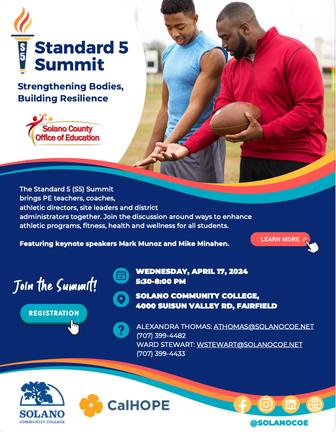


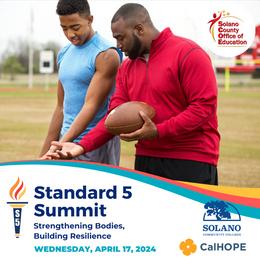






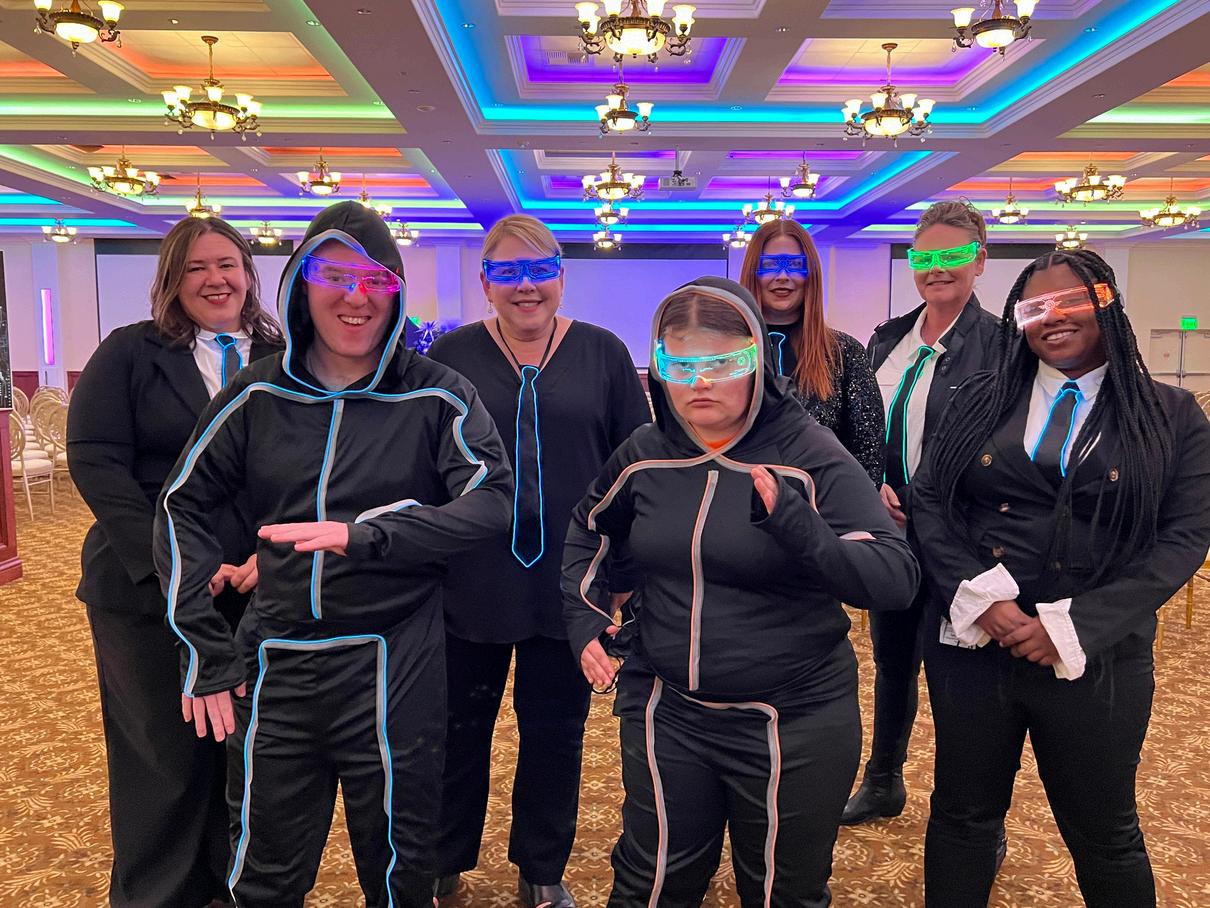
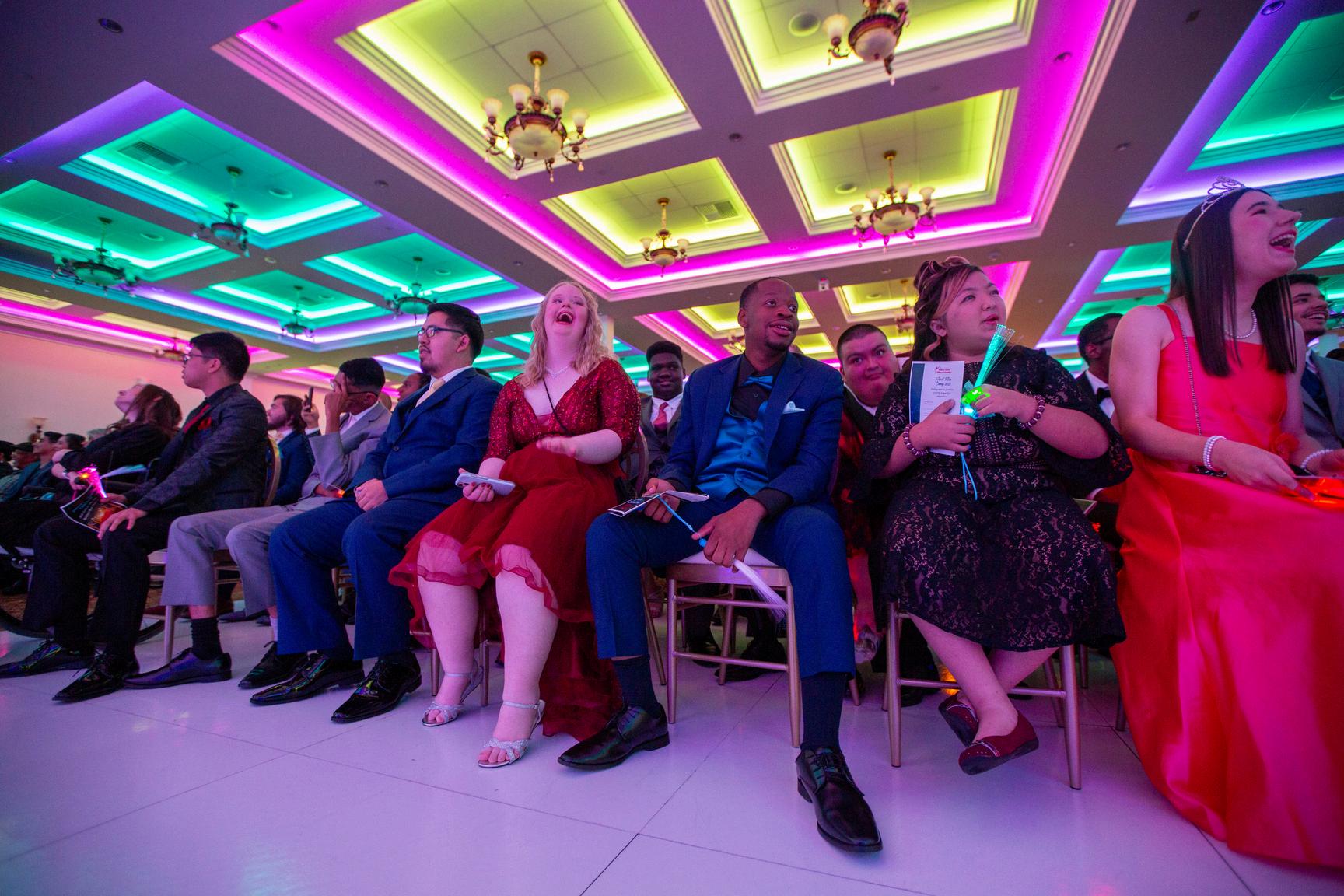
Events offer a powerful platform for reinforcing and amplifying our presence in the community. They provide an opportunity to engage directly with a captive audience, build relationships, and grow community support for our students PIO program staff are available to assist colleagues with events in a variety of ways This includes collaborative thinking around aspects like:
Logistics Support
Registration and Check-In: Streamlining attendee registration and check-in for efficiency
Venue/F&B Contracts: Securing and managing venue and catering contracts, ensuring accurate quantities.
Show Flow: Coordinating a detailed event timeline for smooth execution.
Dignitary Recognition: Ensuring proper acknowledgment and arrangements for VIPs
Brand Values and Storytelling
Showcase Values: Highlighting SCOE's principles of leadership, collaboration, and support
Narrative Integration: Weaving SCOE’s mission and vision into the event through speeches, videos, and exhibits.
Key Message Points: Developing key message points and take aways for the event


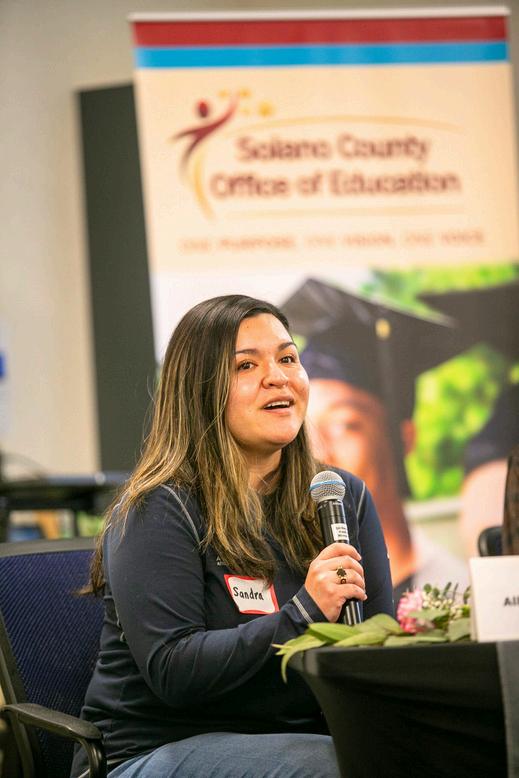


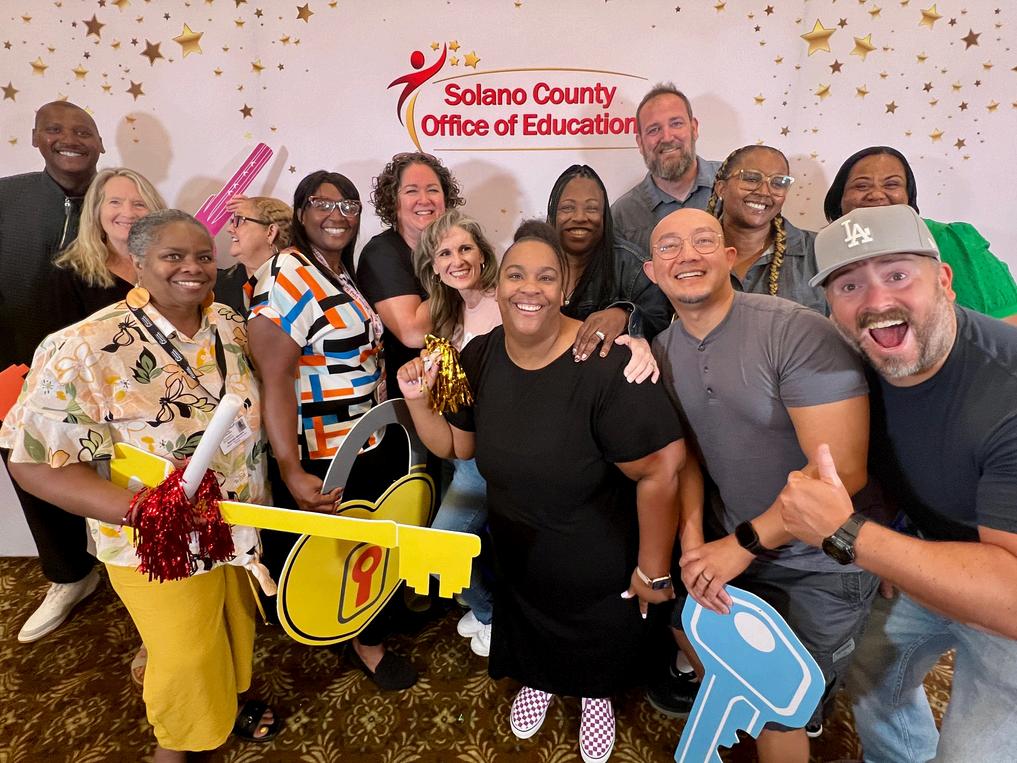

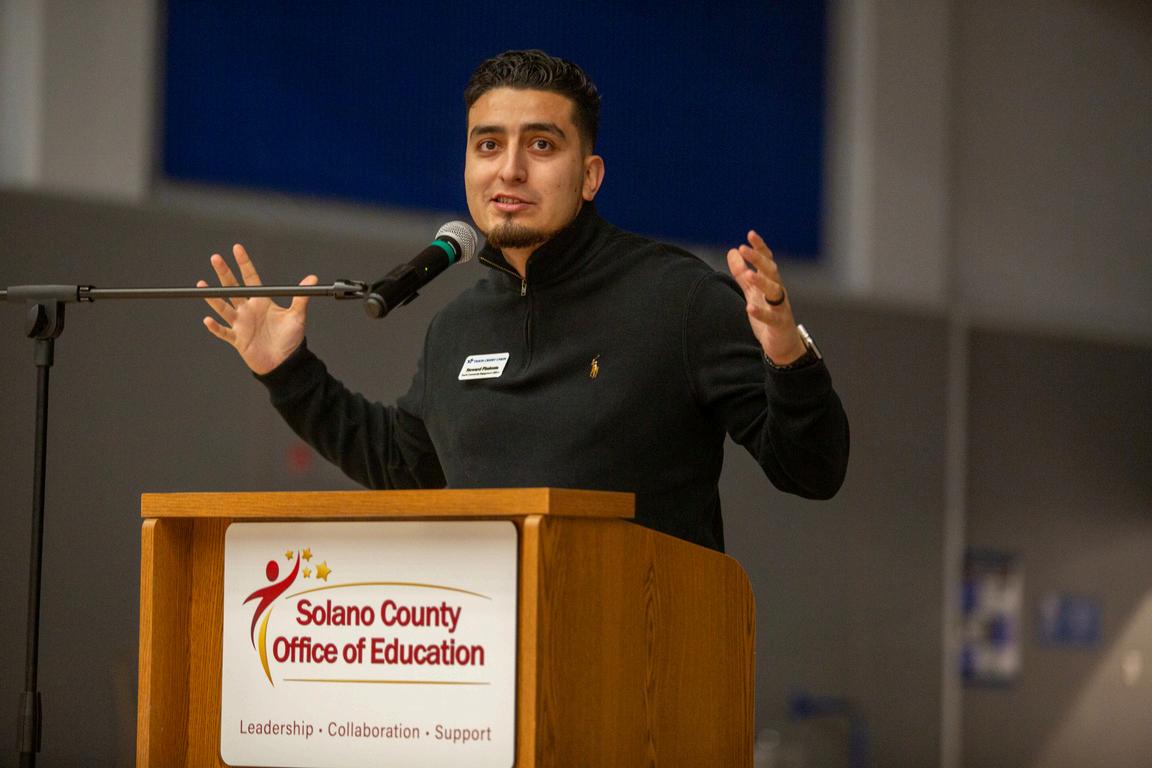
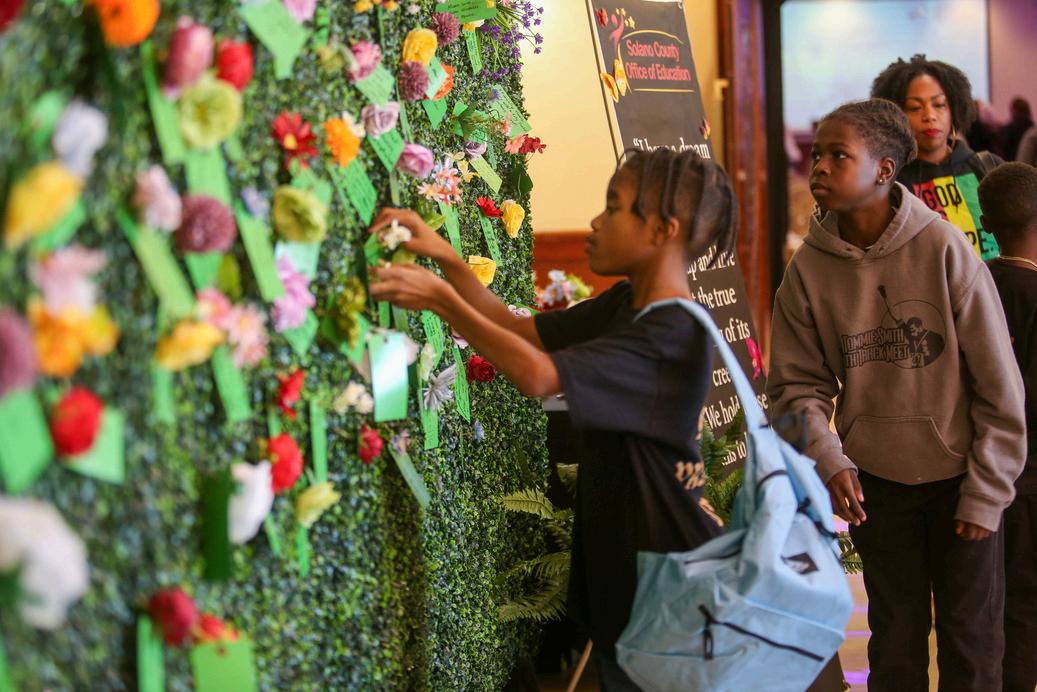
Proper logo positioning at events is essential for ensuring clear, consistent recognition of SCOE’s brand When our logo is placed thoughtfully and prominently in visuals, it reinforces who is hosting, supporting, or contributing to the experience. Consistent placement helps audiences quickly connect the event to SCOE, strengthens our visibility, and creates a polished, professional look across signage, banners, presentations, and promotional materials Effective logo placement isn’t just aesthetic, it supports awareness, trust, and a cohesive presence at every event

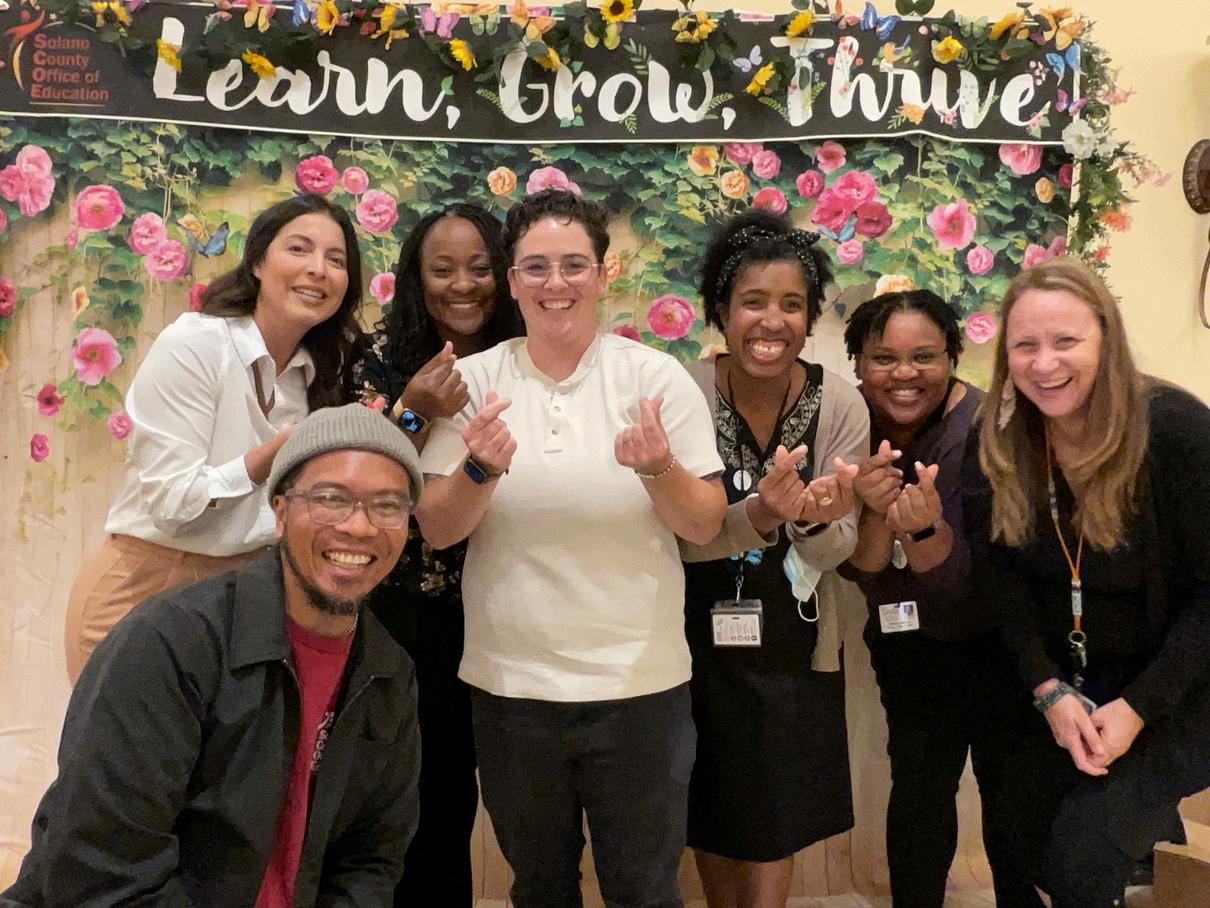


Engagement and Interaction
Interactive Elements: Engaging attendees with interactive experiences
Social Media: Promote event-specific hashtags to boost visibility and build community.
Theming and Aesthetics
Aligned Theme: Selecing a theme that is engaging and reflects SCOE’s brand identity, visible in decor, communications and activities
Surprise and Delight: Incorporating elements that leave a memorable impact on guests
Maintaining Consistency Across SCOE
Visual Consistency: Ensuring all event materials align with SCOE’s brand identity
Message Consistency: Maintaining consistent tone and language across all communications
Experience Consistency: Reflecting quality and student focus throughout the attendee experience.
SCOE’s High Standards & Professionalism
Thoughtful Execution: Ensuring every event aspect is well-organized and effectively executed
Personal Touches: Personalizing interactions with students and community members
Exceptional Service: Deliver outstanding customer service throughout the event process

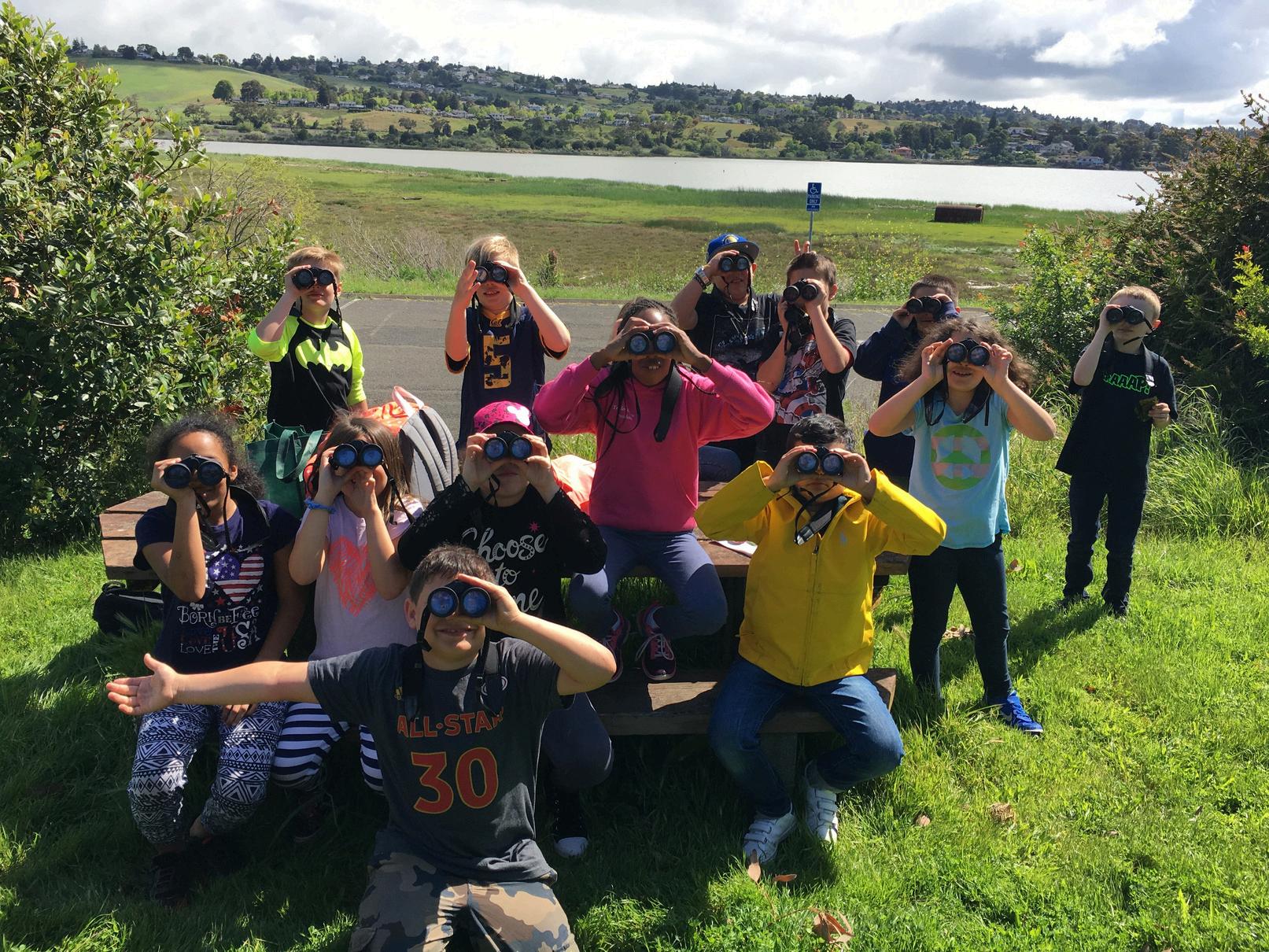

For any paid advertising for Solano County Office of Education, teams should collaborate with their Cabinet administrator to align on the advertising plan, budget, and placement and to attain pre-approval Once the approval has been obtained, teams can move forward and create a creative request ticket for "Paid Advertising Campaign"
The PIO program staff will then schedule a pre-production meeting to discuss the initial advertising plan, audiences, objectives and more
This process applies to all types of paid promotions, including social media platforms such as Instagram, Facebook, and LinkedIn
When creating the ticket, teams should include the budget string along with the budget details and advertising timelines and advertising channels to support a well-coordinated and successful campaign.
Following the pre-production meeting, PIO staff will contact advertising venders for media kits, ad specs, insertion orders and other details. PIO staff will also create the art for the advertisements in partnership with the requesting program


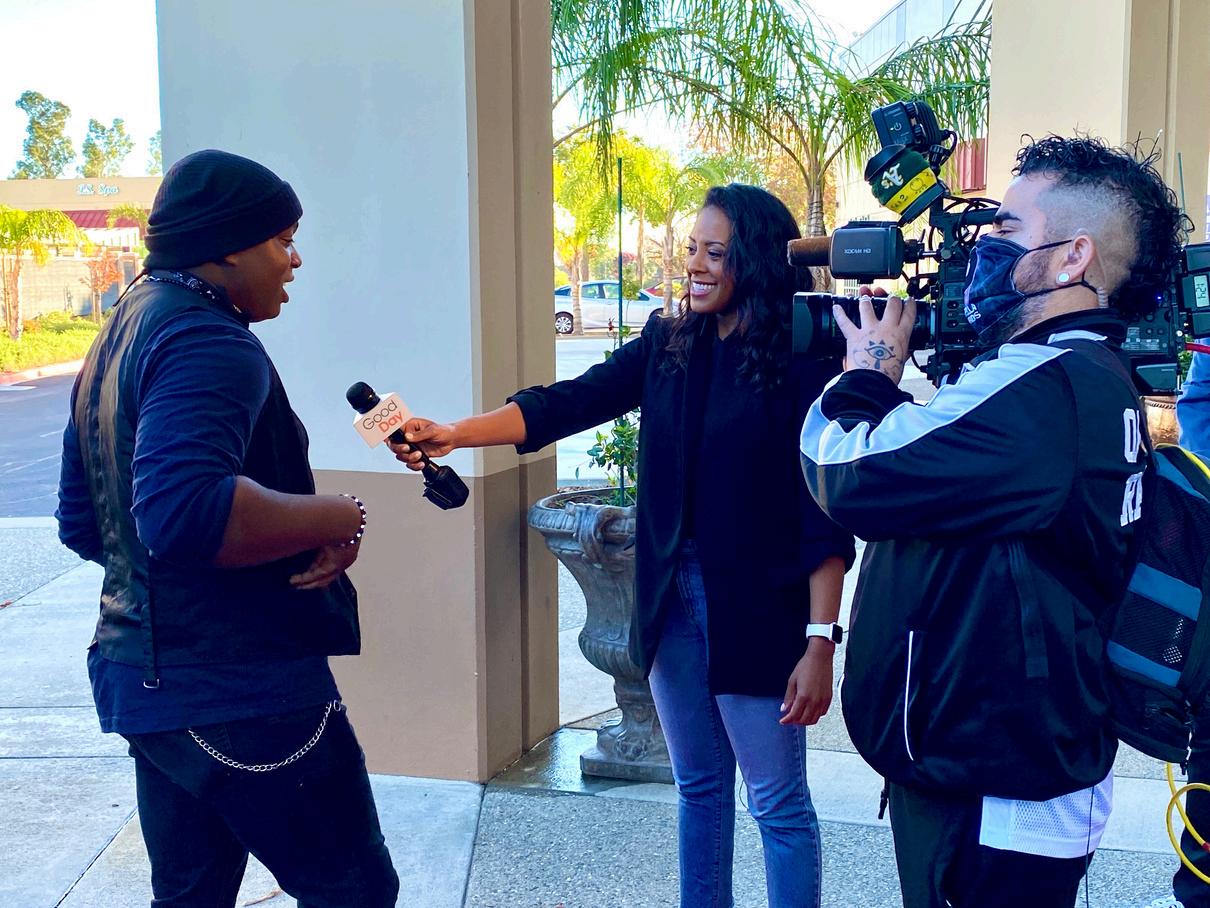
Solano County Office of Education (SCOE) values open communication and believes in building positive relationships with the media to promote our educational initiatives, programs, and success stories This policy outlines the procedures for engaging with the media and sharing information in a transparent and effective manner, while maintaining consistency and accuracy in our messaging.
This policy applies to all SCOE employees, board members, contractors, and volunteers, and it aims to empower staff to contribute to the positive representation of our office’s work
To ensure consistent and accurate information, all media inquiries should be directed to the designated Public Information Officer (PIO) If the PIO is unavailable, inquiries can be referred to the Superintendent’s Office The Assistant Superintendent of Communications/Community Engagement currently serves as SCOE’s PIO Employees should inform the PIO of any media requests or interest they receive
Official statements on important issues, events, or educational matters will be provided by the Superintendent, PIO, or designated spokespersons appointed by the Superintendent or PIO
The public information office coordinates, reviews and distributes press releases and media advisories A template to create initial press release drafts is available to staff through the public information office
In the rare event of a crisis or emergency, the PIO or Superintendent will coordinate all communication with the media to ensure clarity, accuracy, and timeliness. We are committed to keeping our community well-informed and supported during challenging times The PIO will provide regular updates and respond to media inquiries during the situation All employees are asked to direct crisis-related inquiries to the PIO

We welcome media representatives who wish to cover events and happenings at our schools and offices. To ensure the safety and privacy of our students and staff, prior authorization is required before media access is granted into areas that are designated as non-public or authorized personnel only State and federal laws will be followed All requests for interviews, photos, or filming should be directed to the PIO
Any person who wishes to record on SCOE premises, but does not wish to request a media interview, should be directed to human resources or the site administrator Additional support resources can be provided by human resources
SCOE must comply with legal requirements to safeguard confidential information, such as student records and sensitive personnel data, in accordance with state and federal laws like the Family Educational Rights and Privacy Act (FERPA) While confidentiality is essential, the public also has the right to access certain records under the California Public Records Act (CPRA), which promotes transparency and accountability The SCOE is committed to balancing these responsibilities by protecting private information while ensuring public access to non-confidential records when requested, in alignment with applicable legal guidelines. All requests for public records should be immediately forwarded to PIO@solanocoe net
Providing excellent customer service is a cornerstone of the County Office of Education’s mission to serve its community effectively. Whether responding to requests for public information or offering assistance, the COE recognizes the importance of being responsive, timely, and helpful. This approach fosters trust, builds strong relationships with stakeholders, and reflects the COE’s dedication to transparency and collaboration By promptly addressing inquiries and providing clear, accurate information, the COE ensures that the community feels valued and supported in their interactions with the office.

